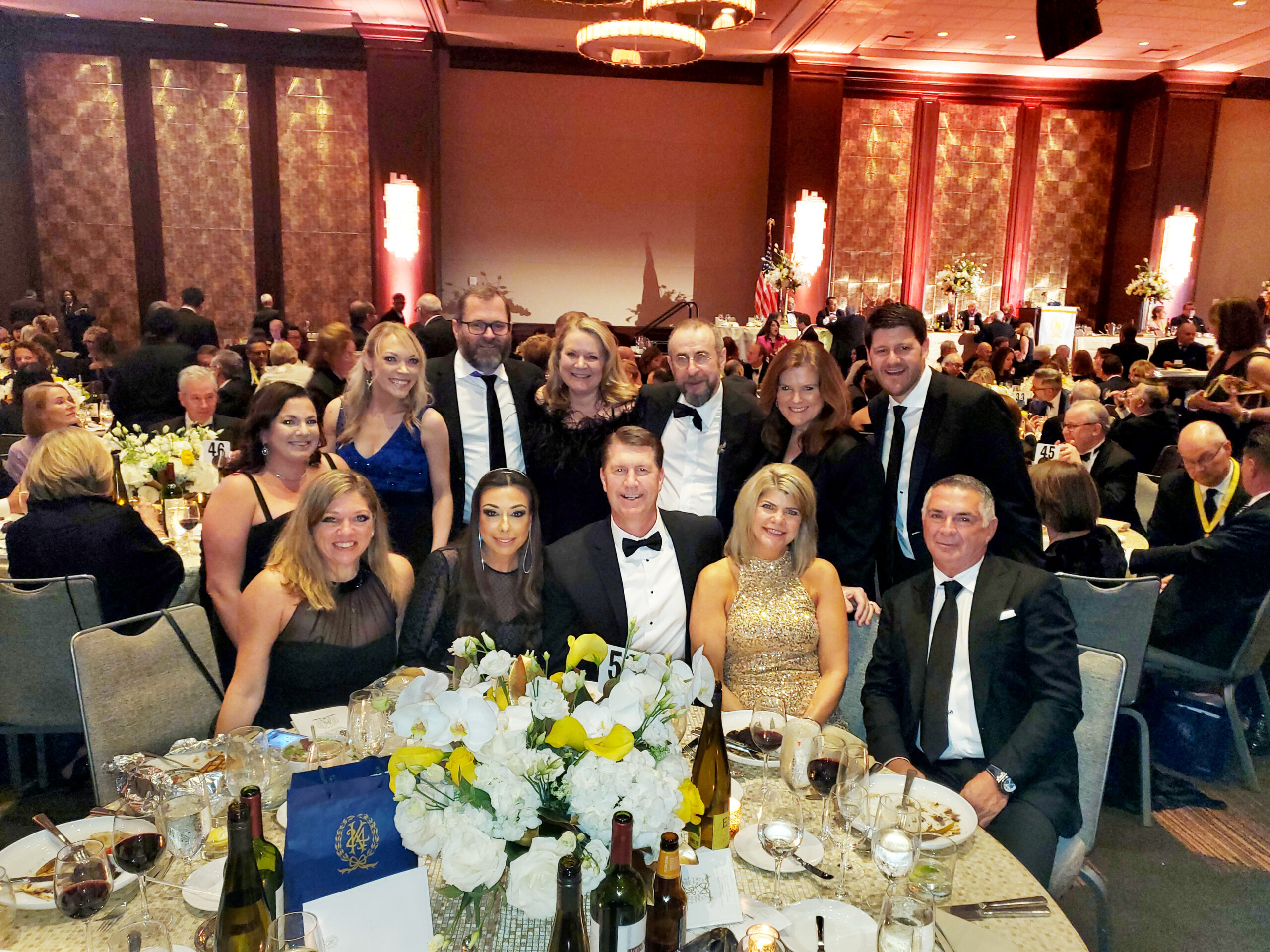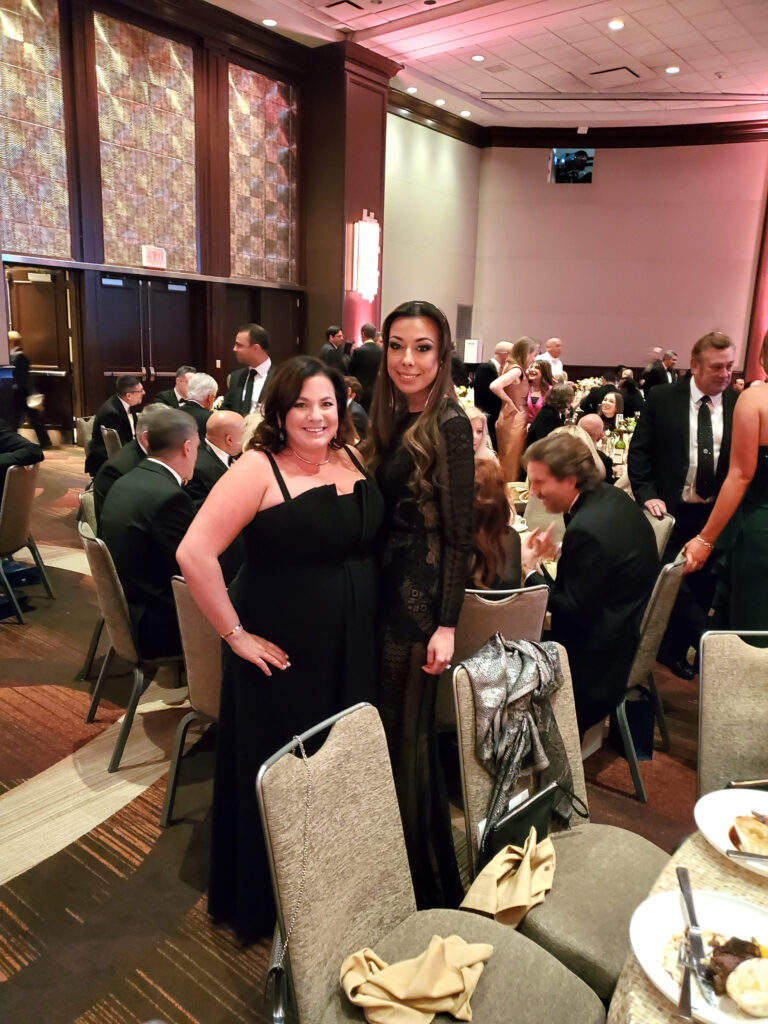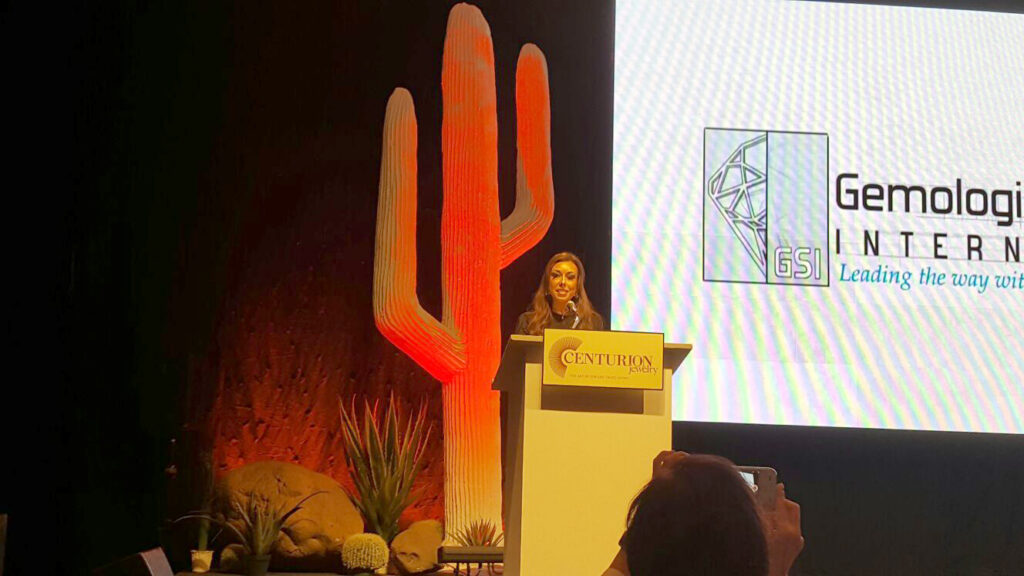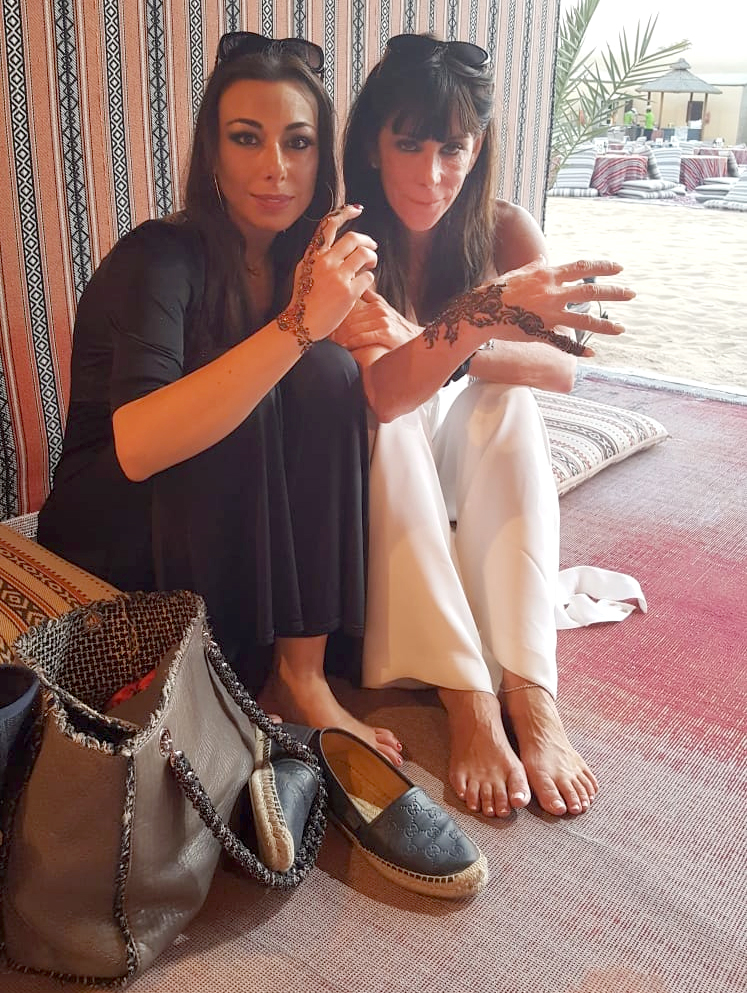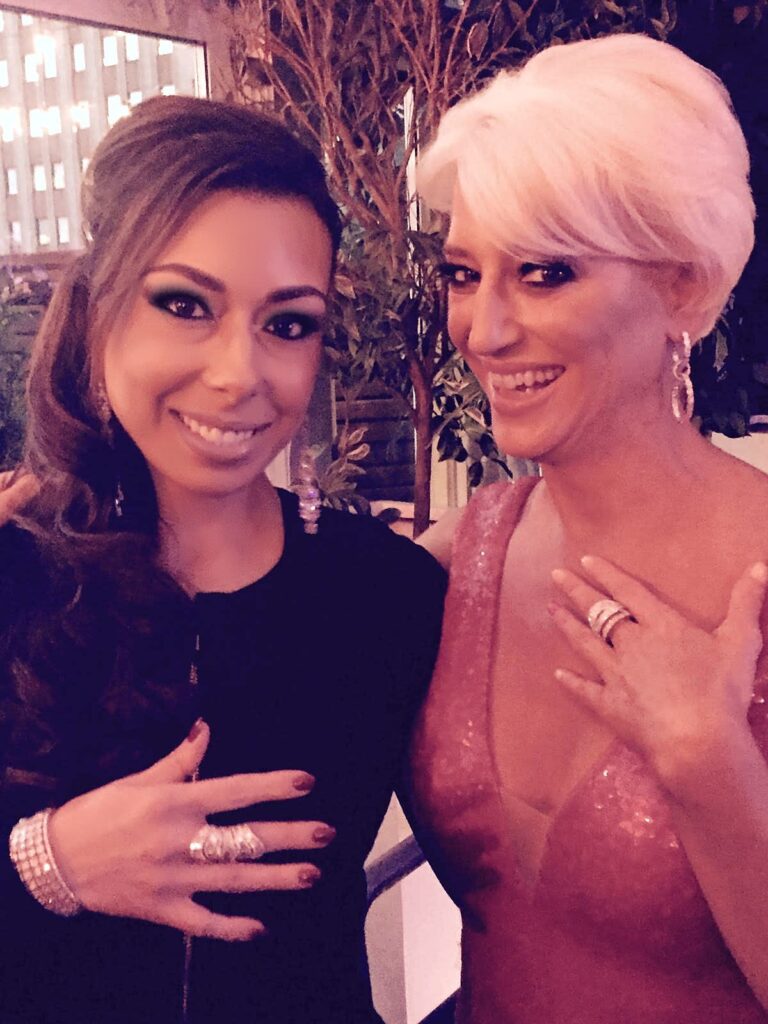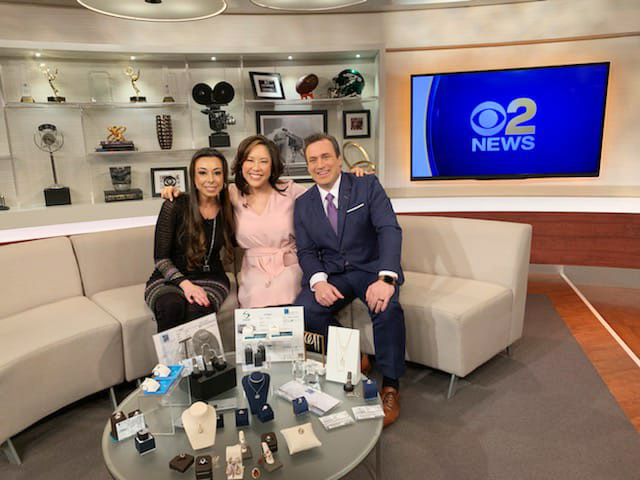How to Take Care of Your Gems and Jewelry
- Know Your Materials
The first rule of cleaning is to know the specific materials contained in your jewelry, as described on your GSI Grading Report. This is important because different cleaning solutions are recommended for various substances. For example, diamonds, rubies, and sapphires (including those set in gold settings) can be cleaned in a mix of water, a bit of soap, and a few drops of ammonia. However, ammonia and other chemicals should not be used with an opaque gemstone such as turquoise because their porous nature will absorb chemicals and discolor stones. Most emeralds should be re-oiled periodically to enhance color. Your jeweler can guide you on the best cleaning techniques for each piece.

2. Choose the Right Setting
- When you put on a valuable piece of mounted jewelry, make sure the stone is securely held by its mounting.
- For rings, bracelets, and bangles worn daily, the ideal setting would be a bezel setting so that the stone is secure. If you are wearing a jewelry piece only on occasions you can choose from a variety of setting
- Your jeweller can advise you on the various settings available and their durability factors so that you can make an informed choice when purchasing.
3, Metals are Vulnerable to Damage
- Metals are vulnerable, and hence the proper care should be taken while wearing plain metal jewelry such as gold, silver, and platinum.
- Gold and silver can get easily scratched and worn out during daily wear, especially if the purity is on the higher side.
- Use a soft polishing cloth or a fine piece of a felt cloth, as it works best for polishing silver. Silver metals are sometimes less abrasive than a tissue paper.
- Several inexpensive commercial cleaning solutions can work well to clean gold, and rubbing gold dry with a soft chamois cloth will add to its luster.

4. Stones are Vulnerable to Damage
- Choose a stone that is appropriate for daily wear and also has good resistance to scratching (hardness), to any form of breakage (toughness), and which also has a strong resistance against chemicals, heat, and dirt.
- Avoid hitting gemstones against a hard surface.
5. Check for Loose Settings or Missing Stones
- Use a magnifying glass and look at the jewelry from the side to check if the stone is held properly or is tilted a bit.
- You can also shake the jewelry slightly to hear if any clinking sounds are heard.
- Run the jewelry piece on a satin or lace cloth, because if the setting is loose then it will catch fibers from the cloth.
- Check the chains, mounting, prongs, or clasps periodically by a jeweler to prevent breakage and loss.
- Be careful during cleaning loose gemstones as they can easily be dislodged from their settings during cleaning
6. Storage and Caution
- When you keep or store several jewelry pieces in an unorganized manner in the same jewelry box, it’s easy for hard gemstones (especially diamonds) to scratch softer stones or metals.
- Use a storage box that allows you to keep valuable gems and jewelry in separate compartments.
- Wrapping pieces in tissue paper or a soft, lint-free cloth can also prevent wear and tear.
- Silver jewelry should be bagged or wrapped to prevent tarnish, which occurs when silver is exposed to air.
- Pearl jewelry can be wrapped in a muslin cloth, and if you are keeping pearls or opals in a locker it is advised to keep an accompanying small glass of water to prevent the pearls or opals from drying out.
- It’s best to take off most fine jewelry before diving into a chlorinated swimming pool to avoid pits on the gold.
- Avoid wearing your diamond, colored stone, and plain metal jewelry while cooking or baking, as the oil and cooking ingredients will attach themselves to the stone, making it sparkle less and making the metal look dull.
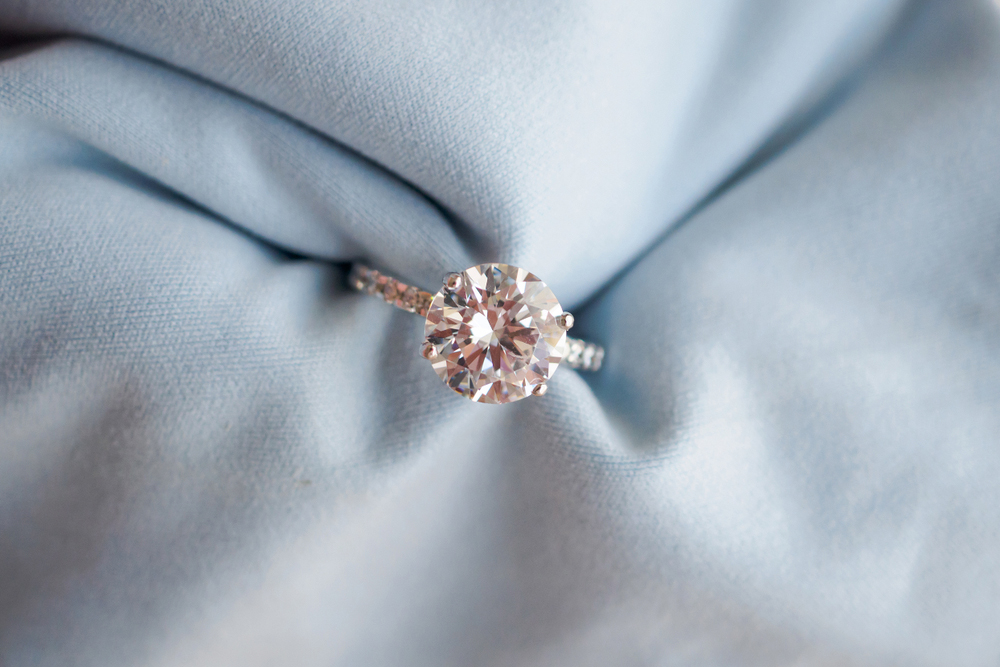
7. Avoid Common Mistakes Everyone Makes
- Never use any chemicals such as ammonia, bleach, or any other harsh chemicals while cleaning your jewelry.
- For the best home cleaning solution, all you need is a mild shampoo (baby shampoo is recommended), soft toothbrush, soft tissue, lukewarm water, and a lint-free cloth.
- To clean a diamond engagement ring, a baby toothbrush with soft bristles can work effectively. (Just make sure to use a different brush for the baby!)
- Mix shampoo with lukewarm water in a bowl and soak the jewelry in it for approximately an hour or two.
- Organize diamond, metal, and colored stone jewelry separately to keep them from scratching each other.
- Clean one jewelry piece at a time and brush gently, NOT VIGOROUSLY. The movement of the toothbrush should be directed alongside the metal towards the center of the stone
- For your pearl jewelry, the recommended cleaning method is to wipe each pearl clean with a slightly moist cloth.
- After applying body creams and make-up, wait for 15 minutes before wearing your jewelry.
- Remove your jewelry while cooking and baking as Diamonds love GREASE, and some gemstones may change to an undesired appearance
- Remove your diamond, pearl, or gemstone studded jewelry before applying any oil-based product, perfumes, or hair spray.
- The oil from the face is similar to any oil-based product, so clean that nose ring regularly if you have one.
- Avoid keeping your rings on while working in the garden. Wear work gloves or rubber gloves while house-cleaning or dish washing.
- Clean your jewelry in a clutter-free environment where you can easily find any pieces that may be dropped.
- Check to make sure mountings are secure before cleaning, and never clean jewelry over an open drain.(A bowl or a rubber mat works better.)
- Don’t bathe with your jewelry on.
- Don’t wear earrings with tight masks (e.g., scuba diving) that can dislodge stones.
- Don’t pick up your jewelry by the gemstone itself, because this can separate stones from their mountings over time.
- Stop playing with your jewelry when you’re bored!
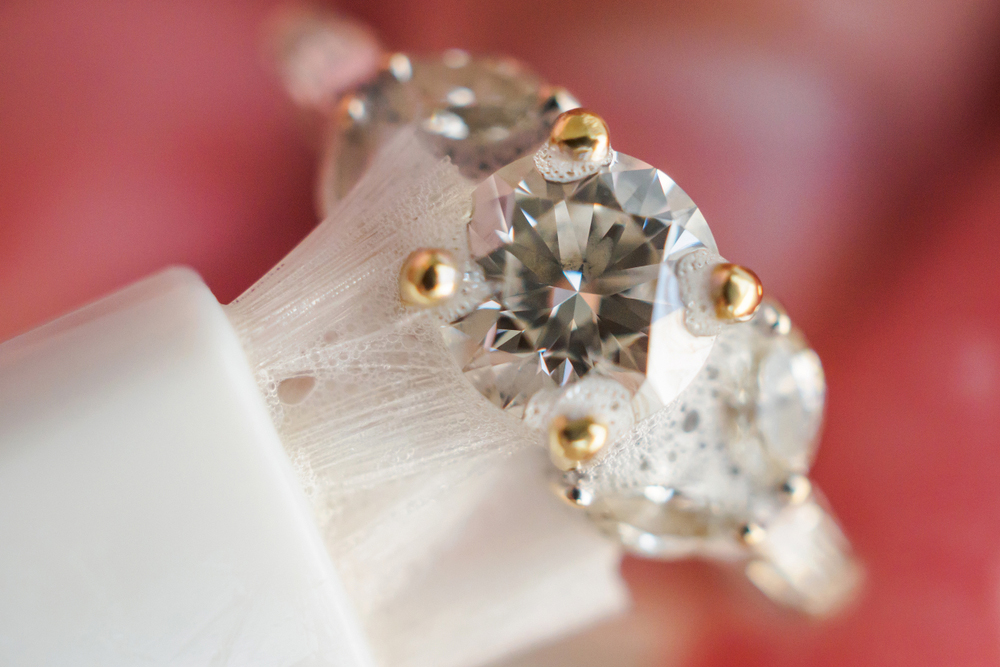
8. Professional Cleaning and Repairing
- Have your jewelry checked every six months to a year by your jeweler
- Pearl necklaces may be required to be re-strung every 2 years.
- Your jeweler will advise you if any repair is required for your jewelry.
Using an Ultrasonic Cleaning Machine
- Ultrasonic cleaners are touted as being the “state of the art” in jewelry care, but be careful with these machines. After submersing jewelry in a liquid solution, they emit vibrations that shake dust and debris free. But the vibrations also can damage softer materials such as ivory, opal, pearls, topaz, coral, or fracture-filled stones.
- Always request help from a professional jeweler to use ultrasonic or steam cleaners on your valuables.
- Your jeweler will check for any loose settings before cleaning in the jewelry piece in an ultrasonic machine.
- An ultrasonic machine is best used for cleaning mounted diamond jewelry or plain metal jewelry
LOCK YOUR JEWELRY IN OUR VirtualVaultTM
For owners of jewelry that/s covered by a Gemological Science International (GSI) Grading Report, we offer a convenient and affordable service called “VirtualVaultTM” for protecting your valuables over a lifetime. This service will enable you to obtain a replacement report if yours is ever misplaced. It also can help law enforcement agencies and insurance companies recover or replace jewelry that may be lost or stolen. Every three years, you may request at no charge an updated appraisal of your gemstone or jewelry item’s value, based on current market prices. To obtain more information about VirtualVaultTM, visit www.gemscience.net.
At GSI, we are committed to working with the jewelry industry to help you preserve the value and beauty that nature and jewelry craftsmen together have created for your benefit.
About The Author
Debbie Azar is the Co-Founder and President of Gemological Science International (GSI), one of the largest gemological organizations in the world, and a distinguished leader in the global diamond and jewelry industry. As an executive with extensive knowledge of the jewelry and gem lab industries, her entrepreneurial skills and vision have helped GSI achieve rapid and continuous growth worldwide, establishing 13 leading-edge gemological facilities on four continents. She currently serves on the boards of the Jewelers Vigilance Committee, Responsible Jewellery Council, and Jewelers for Children, and is a member of the 24 Karat Club of New York. She has been featured in Forbes, Daily Mail, Good Morning America, Bloomberg, Bloomberg Businessweek, Fox Business, Fox5, CBS2, BOLDTV, Varney&Co, The Street, and NASDAQ, among others.




